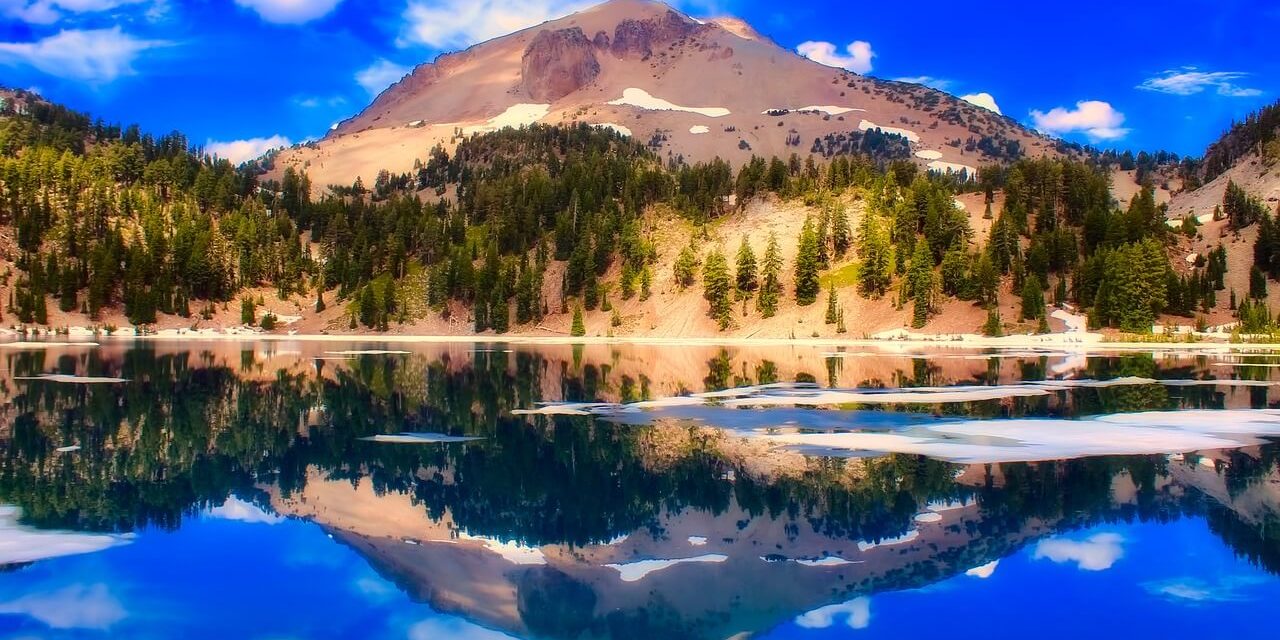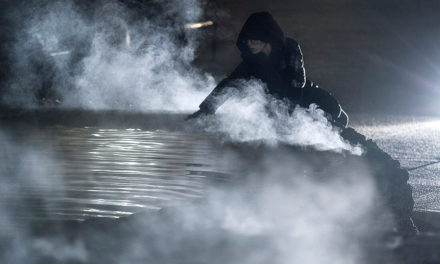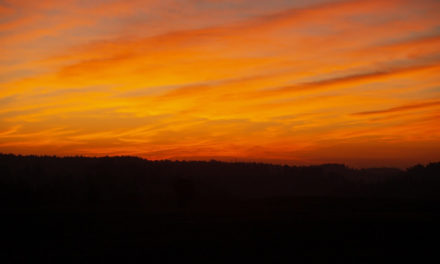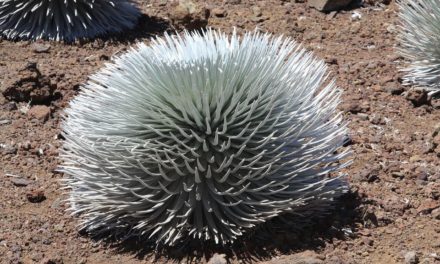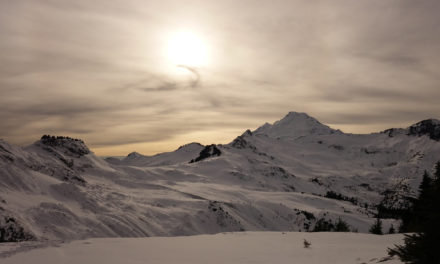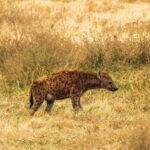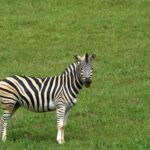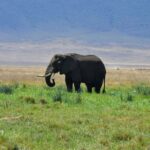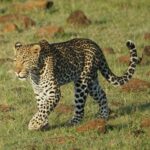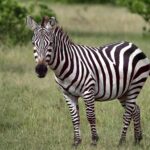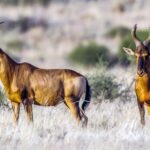Table of Contents
Overview / About
Located on the Big Island of Hawaii, Hawai‘i Volcanoes National Park is a dramatic showcase of Earth’s power a place where fire and land meet. Spanning over 335,000 acres, the park protects two of the world’s most active volcanoes Kīlauea and Mauna Loa along with lush rainforests, lava deserts, and rugged coastlines.
Established in 1916, it’s both a UNESCO World Heritage Site and an International Biosphere Reserve, recognized for its outstanding volcanic landscapes and rich biodiversity. The park reveals the ongoing story of Hawaii’s creation, where new land emerges from fire and molten rock.
Visitors come here to witness live volcanic activity, explore ancient lava tubes, and experience the deep spiritual connection Native Hawaiians hold with this sacred land.
Wildlife & Nature
The park’s ecosystem is a study in contrast a living mosaic of molten earth, rainforests, and unique island life.
Key Species:
- Hawaiian goose (nēnē) – the state bird and a conservation success story.
- Hawaiian hawk (‘io), hoary bat (‘ōpe‘ape‘a), and native honeycreepers.
Flora:
The landscape supports lush ‘ōhi‘a lehua forests, tree ferns, and rare silverswords growing in volcanic soil.
Geological Features:
- Kīlauea Volcano: Among the world’s most active volcanoes, with eruptions recorded as recently as the 2020s.
- Mauna Loa: Earth’s largest volcano, towering over 13,000 feet high.
- Lava Tubes: The Thurston Lava Tube (Nāhuku) offers a walk through a cooled volcanic tunnel.
- Calderas & Steam Vents: The vast Kīlauea Caldera and sulfur vents show the island’s volcanic heart still beats beneath the surface.
Experiences & Activities
From fiery lava flows to starlit skies, Hawai‘i Volcanoes offers experiences that are truly otherworldly:
- Crater Rim Drive: A scenic loop with overlooks, steam vents, and trail access around Kīlauea Caldera.
- Chain of Craters Road: A 19-mile descent from forested cliffs to the Pacific, crossing old lava flows and ending near the sea arch.
Hiking Trails:
- Kīlauea Iki Trail: A 4-mile trek across a solidified lava lake.
- Devastation Trail: Short, accessible path through a volcanic ash field.
- Napau Trail: A longer route for those seeking wilderness solitude.
- Lava Viewing: During active eruptions, glowing lava can sometimes be seen safely from designated viewpoints.
- Cultural Sites: Petroglyphs, ancient trails, and sacred sites honor the Hawaiian people’s relationship with Pele the volcano goddess.
- Stargazing: With little light pollution, night skies are breathtakingly clear.
Experiences & Activities
From fiery lava flows to starlit skies, Hawai‘i Volcanoes offers experiences that are truly otherworldly:
- Crater Rim Drive: A scenic loop with overlooks, steam vents, and trail access around Kīlauea Caldera.
- Chain of Craters Road: A 19-mile descent from forested cliffs to the Pacific, crossing old lava flows and ending near the sea arch.
Hiking Trails:
- Kīlauea Iki Trail: A 4-mile trek across a solidified lava lake.
- Devastation Trail: Short, accessible path through a volcanic ash field.
- Napau Trail: A longer route for those seeking wilderness solitude.
- Lava Viewing: During active eruptions, glowing lava can sometimes be seen safely from designated viewpoints.
- Cultural Sites: Petroglyphs, ancient trails, and sacred sites honor the Hawaiian people’s relationship with Pele the volcano goddess.
- Stargazing: With little light pollution, night skies are breathtakingly clear.
How to Reach & Park Entry
Location: Southeastern Big Island, about 45 km southwest of Hilo.
Nearest Airports:
- Hilo International Airport (ITO) – about 45 minutes from the park.
- Kona International Airport (KOA) – about 2.5 hours’ drive.
Main Entrance: Highway 11 near Volcano Village.
Entry Fees:
- $30 per vehicle (valid for 7 days).
- Interagency and annual passes accepted.
Where to Stay / Camping Options
Inside the Park:
- Volcano House: Historic lodge overlooking the Kīlauea Caldera.
- Namakanipaio Campground: Cozy cabins and tent sites managed by Volcano House.
- Kulanaokuaiki Campground: Primitive site for experienced campers (permit required).
Nearby:
- Volcano Village: Small, artsy community with eco-lodges, guesthouses, and cafes just outside the park.
- Hilo: Coastal town offering more hotels and restaurants about an hour away.
Travel Tips / Safety Notes
- Check volcanic conditions daily; closures can occur due to gas or lava flow.
- Stay on marked trails unstable terrain can be dangerous.
- Dress in layers; weather shifts from humid rainforest to chilly mountain air.
- Carry plenty of water and snacks few services inside the park.
- Respect cultural sites and local traditions.
- Visit at night (if safe) to see lava glow under the stars.
Packing List
- Comfortable hiking shoes
- Lightweight rain jacket
- Hat, sunscreen, sunglasses
- Reusable water bottle
- Flashlight or headlamp (for lava tubes or night viewing)
- Binoculars and camera
- Snacks and packed lunch
- Layers for changing weather
Visitor Statistics
Hawai‘i Volcanoes National Park welcomes around 1.3 to 1.5 million visitors annually. Visitor numbers vary with volcanic activity they surge during eruptions when glowing lava draws travelers from across the world.
Conservation & Responsible Tourism
Hawai‘i Volcanoes National Park preserves not only nature but living culture. Conservation focuses on restoring native plants, protecting endangered species like the nēnē, and managing invasive threats.
The park also protects sacred Hawaiian landscapes, maintaining the balance between tourism and cultural respect.
Responsible Travel Tips:
- Never remove lava rocks or natural materials it’s illegal and culturally offensive.
- Clean footwear to prevent spreading invasive seeds.
- Support Native Hawaiian–owned tours and local conservation efforts.
- Reduce waste by refilling bottles at visitor centers.
- Observe wildlife quietly and from a distance.
Hawai‘i Volcanoes is more than a park it’s a living story of creation, where the earth is still being born beneath your feet.

